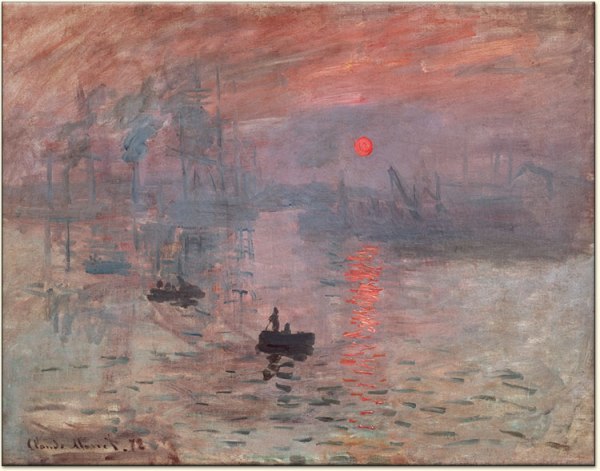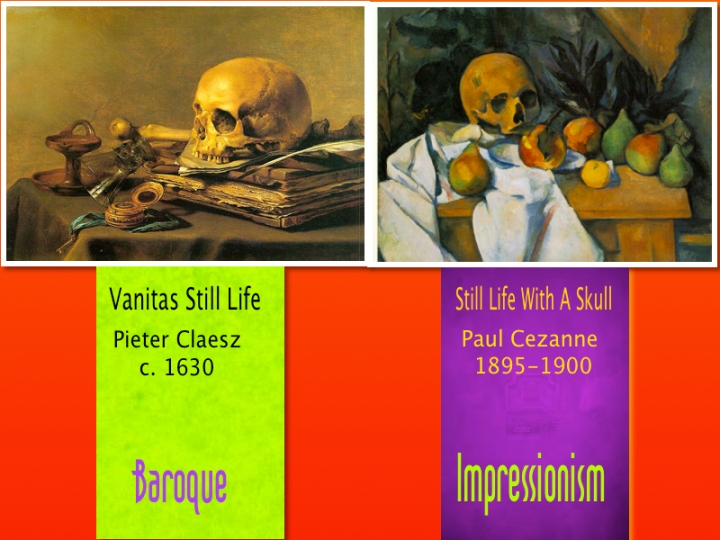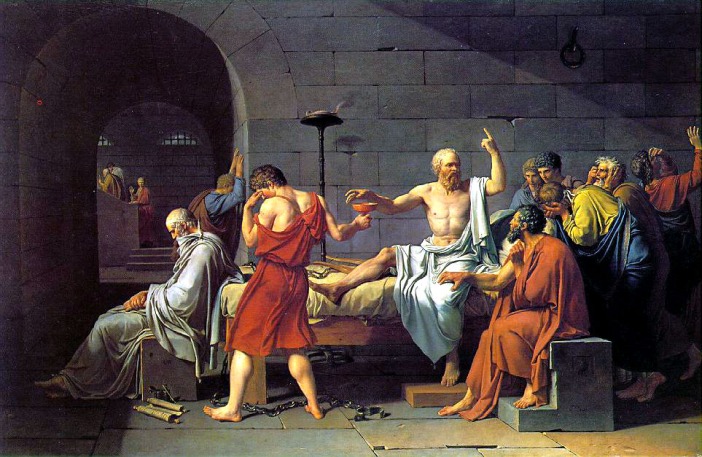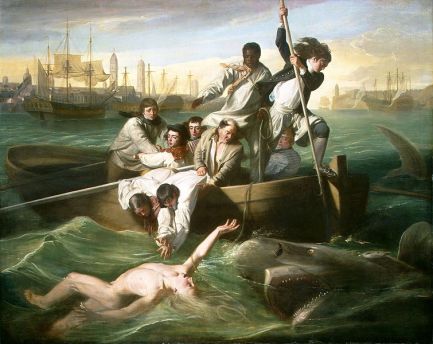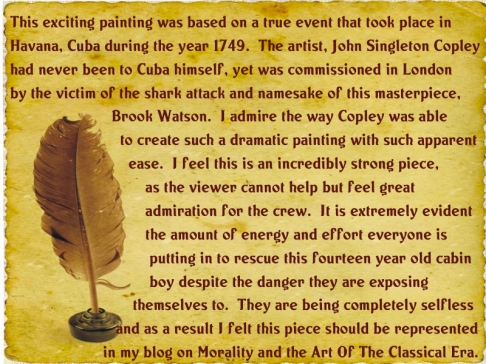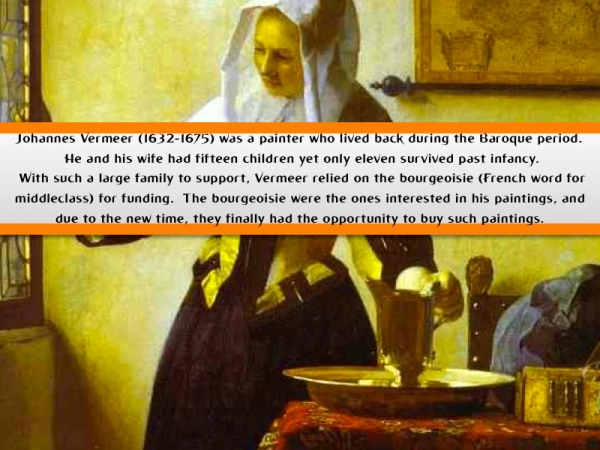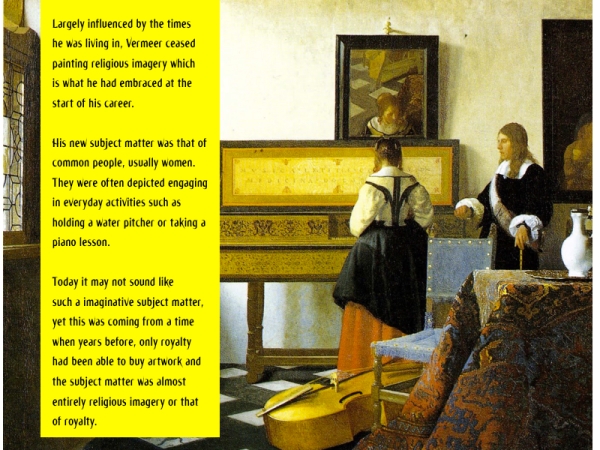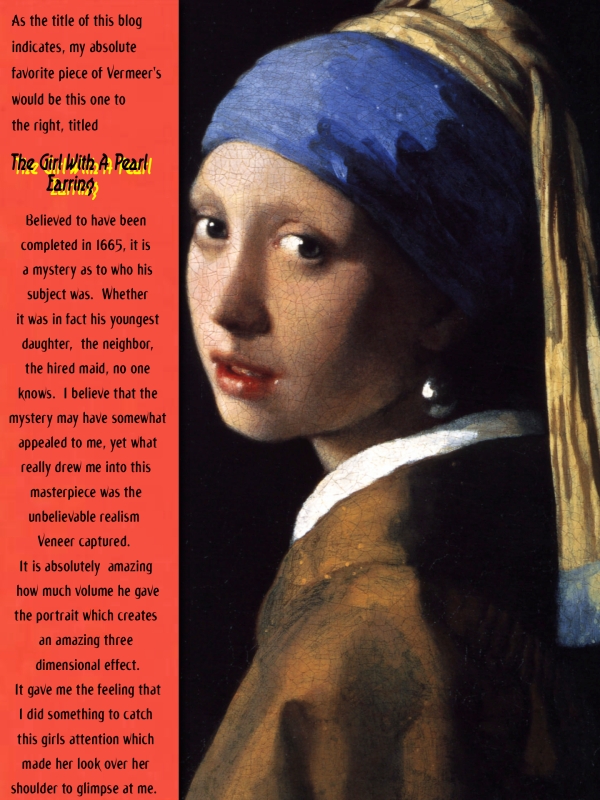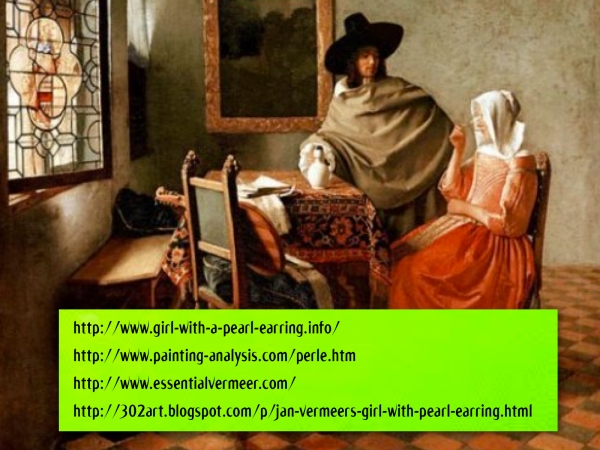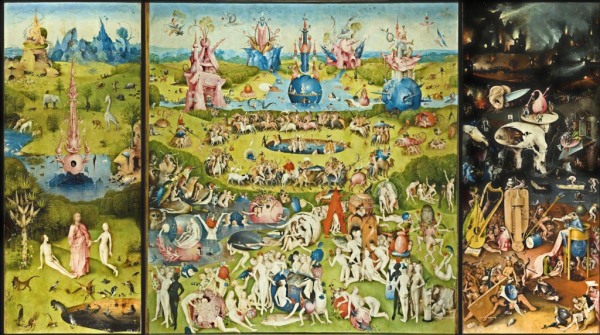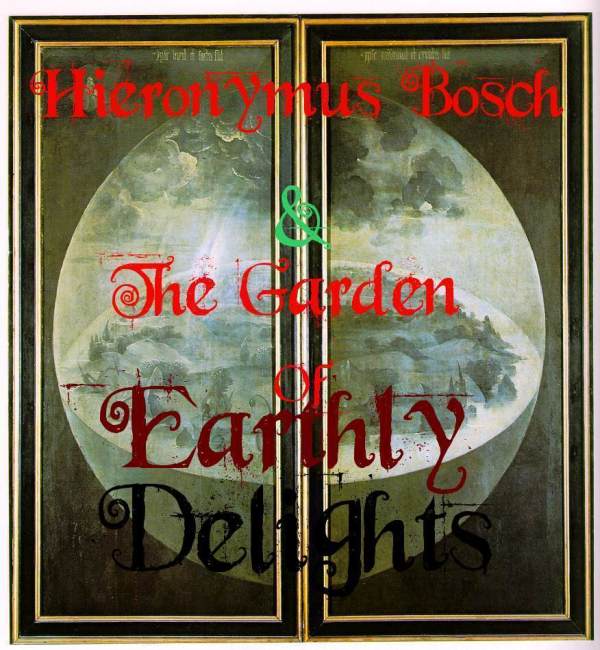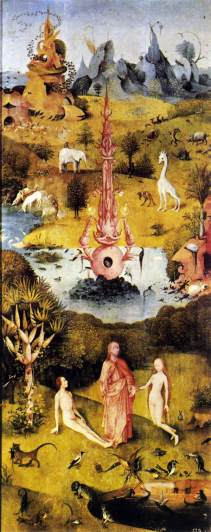Impressionism, a style of art that formally made its entrance into the art world in 1874 adopted it’s name from a harsh review done on a painting created by one of the style’s founders and forefathers, Claude Monet. In the critique, author, Louis Leroy wrote “Impression—I was certain of it. I was just telling myself that, since I was impressed, there had to be some impression in it … and what freedom, what ease of workmanship! Wallpaper in its embryonic state is more finished than that seascape.” (http://www.impressionism.org). Despite the unsavory description, this style of art characterized by ordinary subject matter (often of landscapes), thin, broken yet visible brush strokes, bright colors, accurate depictions of transient light, and the appearance of rapid movement, began to grow in popularity first, throughout France and eventually around the world.
Impression: Sunrise, Claude Monet, 1874.
I don’t nessesarilly share Louis Leroy’s sentiments, however I must admit that Impressionism is one of my least favorite art styles. With that being said, there are a number of Impressionism paintings I have come across, over this last week that do capture my attention and appreciation but the majority of the style’s paintings fail to make any sort of lasting “impression” on me (pun intended). I am more a fan of artwork from the Baroque period which began in the year 1600 and ended just a little more than a hundred years before Impressionism made its debut. I am much more drawn to the paintings of the Baroque mainly due to the heavy use of the techniques chiaroscuro and tenebrism. Another charactertistic of Baroque style paintings that I love was the incredible use of emotions shown on the subjects of the paintings.
It is amazing how these two styles can change so drastically in just a little over a century. Despite the drastic differences, Baroque and Impressionism art show some similarities between them in terms of subject matter. Impressionism is known for using ordinary objects and people as subject matter, yet it was not the first time such subject matter was embraced. The Baroque period was a time of painters creating artwork not just for the upper class and royalty but for the merchant class as well. As a result, the artists of this era painted ordinary people doing everyday activities. Still life’s were another popular subject matter shared between these two very different styles.
http://www.ibiblio.org/wm/paint/glo/impressionism/
The Baroque Art Movement: Artists and Artwork of the 17th Century
http://employees.oneonta.edu/farberas/arth/arth110/arth110_sl17.html
